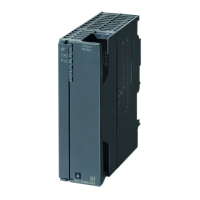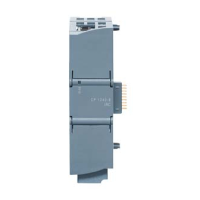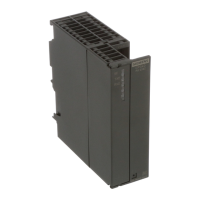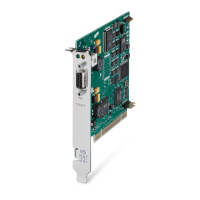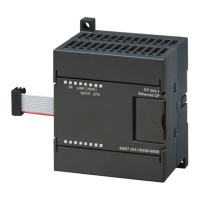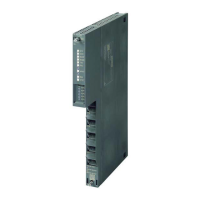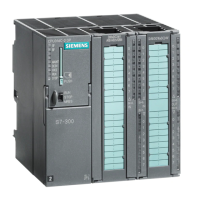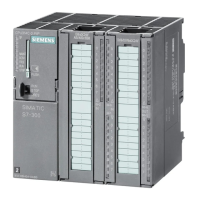Basic Principles of Serial Data Transmission
2.4 Data Transmission with the ASCII Driver
Point-to-point connection CP 440 Installation and Parameter Assignment
30 Manual, 09/2007, A5E00057742-03
2.4 Data Transmission with the ASCII Driver
2.4.1 Data Transmission with the ASCII Driver
Introduction
The ASCII driver controls data transmission via a point-to-point connection between the CP
440 and a communication partner. This driver contains the physical layer (layer 1).
The structure of the message frames is left open through the S7 user passing on the
complete send message frame to the CP 440. For the receive direction, the end criterion of a
message must be configured. The structure of the send message frames may differ from that
of the receive message frames.
The ASCII driver allows data of any structure (all printable ASCII characters as well as all
other characters from 00 through FFH (with 8 data bit character frames) or from 00 through
7FH (with 7 data bit character frames) to be sent and received.
Both RS422 and RS485 operation are possible.
RS422 Operation
In RS422 operation, the data is transmitted via four cables (four-wire mode). Two cables
(differential signal) are available for the send direction and two for the receive direction. This
means you can send and receive data at the same time (full-duplex operation).
RS485 Operation
In RS485 operation, the data is transmitted via two cables (two-wire mode). The two cables
(differential signal) are alternately available for the send direction and the receive direction.
This means you can either send or receive data at the same time (half-duplex operation).
After a send operation, the cable is immediately switched over to receive (the sender
becomes high-impedance). The maximum switchover time is 0.1 ms.
该文档是极速PDF编辑器生成,
如果想去掉该提示,请访问并下载:
http://www.jisupdfeditor.com/
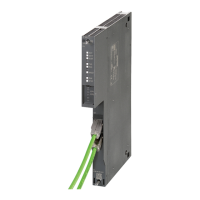
